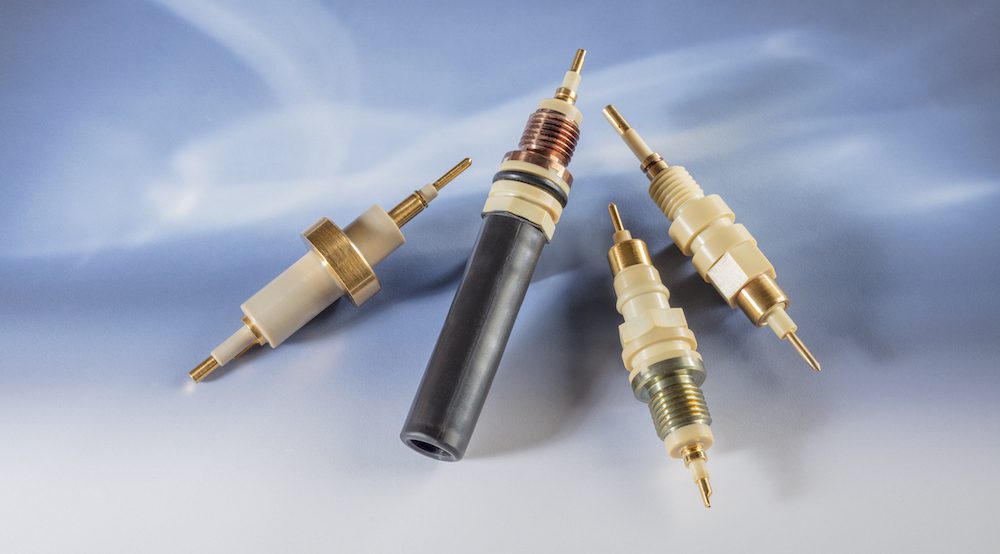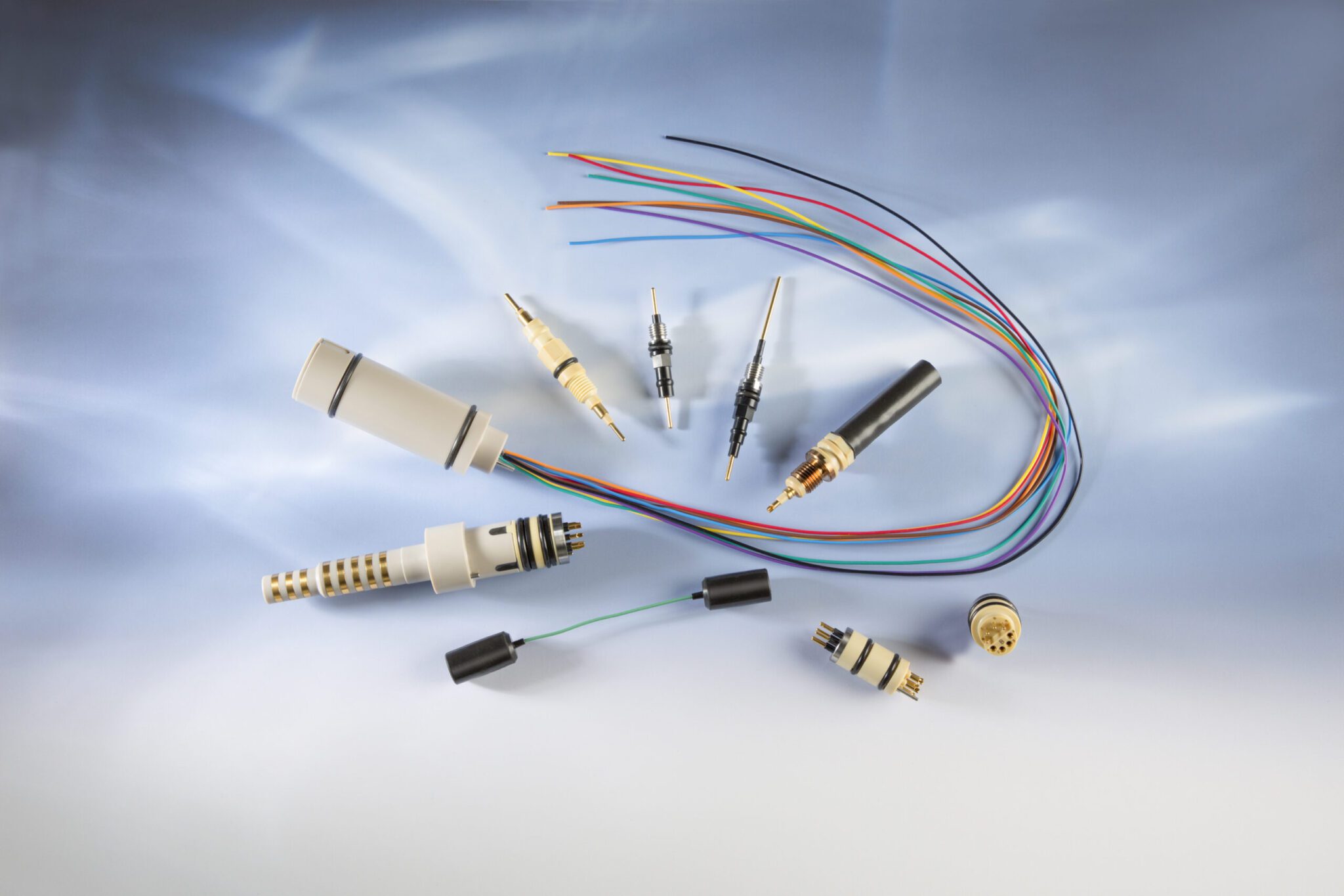Connector Suppliers Meet the Demand for Custom Connectors and Cable Assemblies
How one company provides custom interconnect solutions for its customers.
In the rapidly changing world of connectivity, engineers and designers are tasked with finding creative connector and cable solutions that meet specific application requirements while also considering factors such as size, weight, cost, and time. Despite the enormous variety of connectivity options available today, designers may still find themselves in need of a particular solution that doesn’t yet exist. To address this, many companies work closely with customers to develop custom products to meet their specific needs.

Developing a customized connector or cable system can happen in several ways. Some connector companies offer start-to-finish guidance to ensure an optimal result that considers all the variables that might affect performance, longevity, and ease of use. Others offer modular options that achieve some customization through the ability to mix and match existing parts.
Customization has been aided by the advent of 3D printing, also known as additive manufacturing. Companies can cost effectively develop prototypes to try in their products. In this way, they can be sure that a particular configuration will work as required before they invest time and money into production.
Connector Supplier asked Charles Burke, director, Seal-Connect at Greene Tweed, about customization in the connector and cable assembly industry.
What are some trends and innovations that are driving the need for customization?
System performance demands of pressure and temperature drives some custom design demand. Market needs for more sensors while minimizing the size of electro-mechanical systems to improve performance and reduce costs has also led to continued reliance on custom connectors and cable products.
In rugged environments, custom Seal-Connect capabilities with advanced engineered thermoplastics, like cross-linked PEEK, are preferred for the high temperature, high pressure, and media requirements.
What is the history behind these changes?
As environments and economics have gotten more challenging, more custom connectors have been required to keep up with the market. For example, Greene Tweed Seal-Connect has worked in downhole environments for over 30 years. We observed this market’s unique needs and built our capabilities to meet these requirements.
What are the benefits of customization?
With complete custom capabilities, customer engineers have the benefit of connectors designed to fit their system. In many applications, the connectors are the last component to be designed after electrical power and data requirements have been finalized and mechanical considerations have been engineered. This can mean they need to fit into tight spaces with unique geometries based on parameters other mating components have set, which most of the time is not standard.

Greene Tweed has a wide variety of engineered thermoplastics for the connector body material and contact pin metals which allows customization based on pressure, temperature, chemical resistance, and electrical requirements. Mating parts such as boots and seals can also be customized by elastomer.
Customers with tough environment applications and geometrical constraints are not able to use standard COTS (commercial off-the-shelf) parts because those connectors are not designed for their systems. By utilizing custom designed solutions, customers are able to be more efficient and obtain the precise product to fit their systems and maximize performance and reliability.
What is the customization process like?
At Greene Tweed, our engineers understand the connector and cable needs of the energy industry, as well as the capability of our materials in a wide range of operating environments. We collaborate with our customers to design the best solution for the application to meet all system requirements. Depending on the complexity of the application, customers receive a complete drawing and quotation in a few days to a couple of weeks with collaboration throughout the design process. With a dedicated cross functional team and new product development manufacturing capacity, the customer will receive an application ready solution in eight weeks or less.
Application Description including customer’s request, problem, and success markers
Pressure Rating and Direction
Min and Max Temperature
RGD and Sour Gas Resistance
Media presence in the system
Number and Size of Contacts
Maximum Current and Maximum Voltage
Connector Type
Contact Type (Cup X Cup, Pin X Cup, Pin X Pin, Cup X Pin) Hermetic Sealing
Connector Configuration (Male or Female or Both) Alignment Feature Needed
Bootable Sealing
Elastomer Preference
What specific products does Greene Tweed customize?
Our portfolio includes both customizable electrical and fiber optic connectors/feedthroughs. Electrical includes single pins, coaxial connectors, multi pins (up to 42 pins), KTK-style connectors (male and female contacts on both sides of the connector), rotatables (swivel design with contact bands that allows rotation while maintaining contact), boot kits (can customize the elastomeric boot material), and contact blocks.
Fiber optic includes cable assemblies and Fiber Optic Extreme, an optical bulkhead connection system that ensures data transmission when exposed to extreme pressures and extreme temperatures. It is capable of withstanding operating pressures of 25,000 psi and temperatures up to 347°F (175°C).
By Charles Burke, director, seal-connect at Greene Tweed, and AJ Born
Visit Greene Tweed to learn more about custom connectivity solutions.
Like this article? Check out our other Custom, our Materials Market Page, and our 2022 Article Archive.
Subscribe to our weekly e-newsletters, follow us on LinkedIn, Twitter, and Facebook, and check out our eBook archives for more applicable, expert-informed connectivity content.





